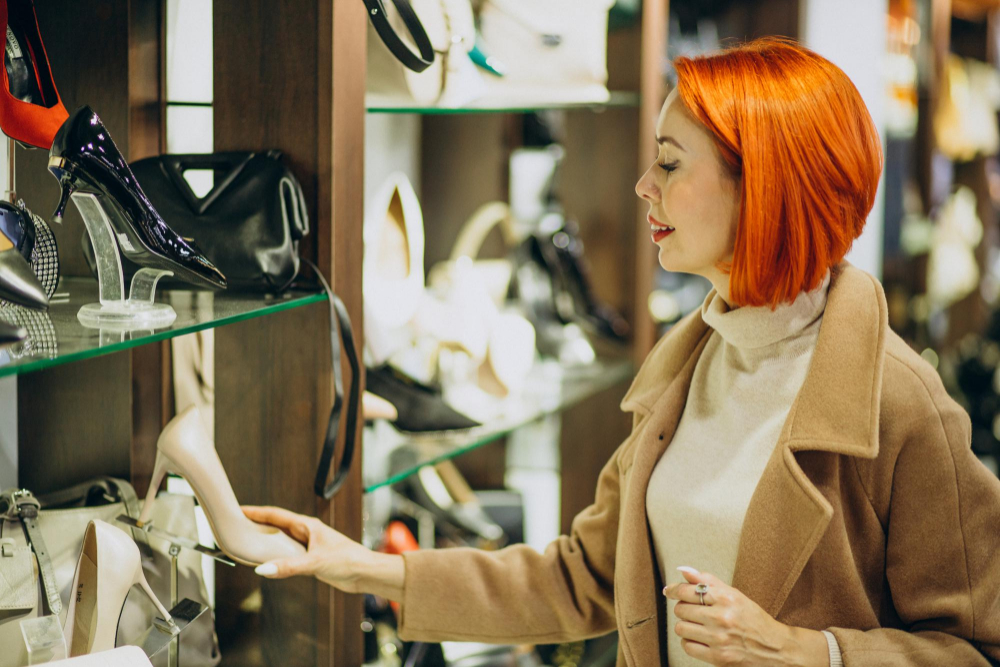Our shopping habits change gradually over the years. We used to do large weekly grocery shops (although this also depends on where you live), but now the prevalence of small convenience-store style supermarkets means we do smaller shops more often. As online shopping has become more popular, many people with busier schedulers or less mobility have made the most of delivery services too. The pandemic has only served to increase our use of online shopping – so what does the future hold for shopping? Will we be paying differently? Using different processes or buying items with never had considered before? We look at a few things that could happen in the future with the way we shop.
1) Crypto/digital currency payments become the norm
There is no denying the rapidly increasing uptake of cryptocurrency and blockchain technology in general – so much so that governments are no longer ignoring them and are scrambling to find a way to regulate them (and eventually tax them). Some stores currently take QR payments and contactless payments have been the norm for the best part of a decade now, but switching over to completely different currency types will be a whole new ball game.
In the future, we could see regular payments in Bitcoin or any of the many other cryptocurrencies available now, and this seems more inevitable by the year. Payments on websites such as Amazon or in stores such as Walmart for products ranging from Revitalash Advanced makeup to insurance could well be transacted using cryptocurrency as a medium.
2) We’ll be paying for more things in installments
The rise of payment providers such as PayPal and Klarna offering interest-free payment options are a way of encouraging the consumer to spend more without the burden of huge one-off payments. Reducing the payments into smaller, more manageable payments has given retailers a massive boost and enabled them to capture a younger market that is less cash-rich. Usually reserved for credit card payments and larger transactions, this may soon find its way into our daily finances, such as purchasing a cup of coffee, and could allow us to budget better.
3) VR dressing rooms
These are already available in select, high-end fashion stores, but this has huge potential for the mass market. Imagine, instead of having to try on a whole outfit in a store dressing room, you could stand in front of a mirror, or put on a headset and see yourself wearing different items of clothes and accessories. You would not even be limited to going to a physical store as this could be completely possible from the comfort of your own home and have the items delivered to you.
VR dressing rooms would allow you to “try on” many items of clothing without physically having to before buying, potentially reducing the number of items that are returned after the customer realises it doesn’t fit their style or match what they already have.

